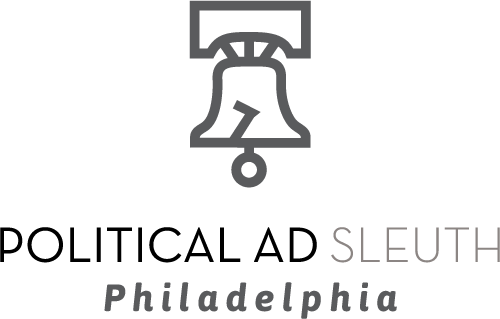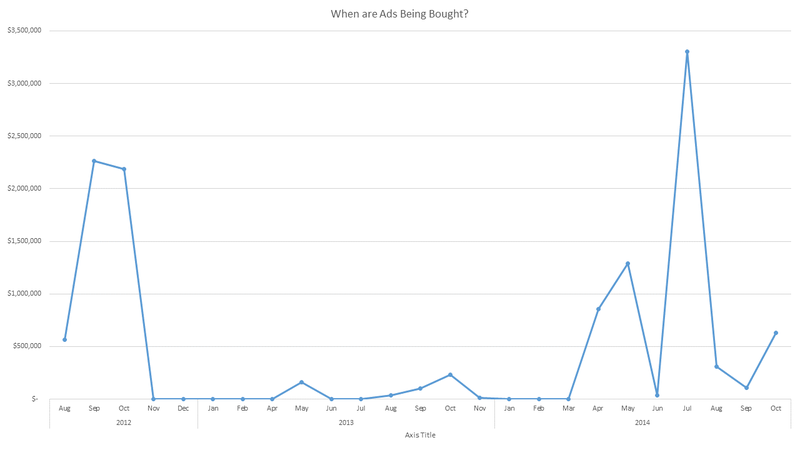Who’s ruling the airwaves in Philadelphia?

Volunteers from Philadelphia’s Committee of Seventy — a good government group from the City of Brotherly Love — have been hard at work entering data into Political Ad Sleuth, a Sunlight Foundation tool for tracking the big bucks behind big political ad buys.
As we described inan earlier blog post, the plan is to “[t]o create a repository of all the political communications we can scoop up in the Philadelphia area and match them, to the best of our ability, with data on who is buying the ads and what we know about the political donors.” We’ll also be able to tell viewers just how much impartial campaign coverage all those bucks are buying: The Internet Archive, using space provided by the University of Pennsylvania’s Linguistics Data Consortium, is recording Philadelphia TV from now through Election Day and will make recordings of the newscasts available and searchable.
Our work is far from complete, because there have been a lot of ads purchased in Philadelphia. But as of Aug. 7, volunteer efforts had resulted in the tracking of more than $12 million worth of Philadelphia market ad buys. Our volunteers, recruited and organized by the Committee of Seventy, are mostly focusing on the buys that start July 1 and run through Election Day (and yes, plenty of candidates and outside spending groups have already reserved airtime through Nov. 4), but we’ve turned up a few nuggets that go farther back.
Here are three takeaways based on what we found in the data:
Most of the ad spending came in statewide races.
No surprise there, as Pennsylvanians will be headed to the polls in November to decide whether Gov. Tom Corbett, a Republican facing a well-funded challenge from Democratic businessman Tom Wolf, gets a second term.
Second place, however, went not to any candidate but to “non-candidate issue ads,” as the Federal Communications Commission dubs them. These are the political mega-spenders whose ranks include super PACs and the dark money groups, political nonprofits that produce ads on a wide range of issues, but don’t disclose the source of their political spending.
Tom Smith’s 2012 Senate campaign made him a friend of Philadelphia TV stations
Tom Smith was a local Democratic Party politician who had a road-to-Damascus moment in 2011 wherein he accepted the Tea Party as his savior and launched a campaign — as a Republican against incumbent Pennsylvania Senator Bob Casey. The $1.7 million Smith spent on Philly area stations made him far and away the biggest spender we spotted so far.
Not bad for a guy who ran on cutting spending. But not enough: Casey won the race by a better-than five percentage point margin.
It was Christmas in July for Philly TV stations.

While the 2012 elections were a boon for those in the television ad business, the dog days of summer in an “off” election year turn out to be not so bad either. Our volunteers have toted up $3.3 million of political advertising in the market during July–enough to buy about 348,000 wiz cheesesteaks at Geno’s.

